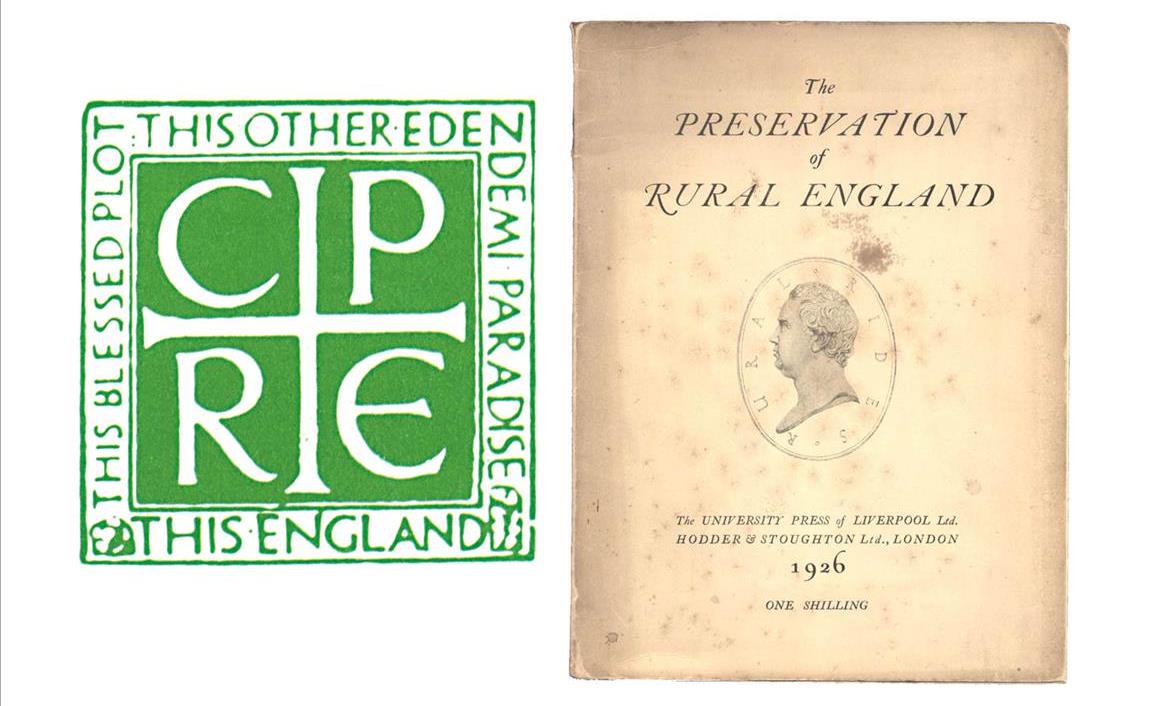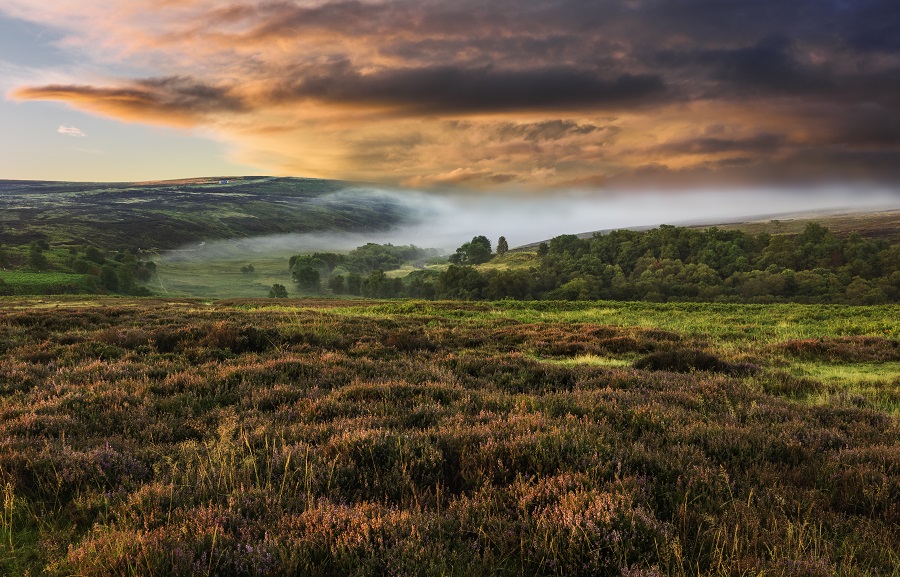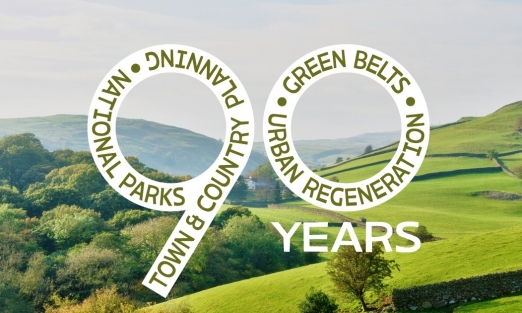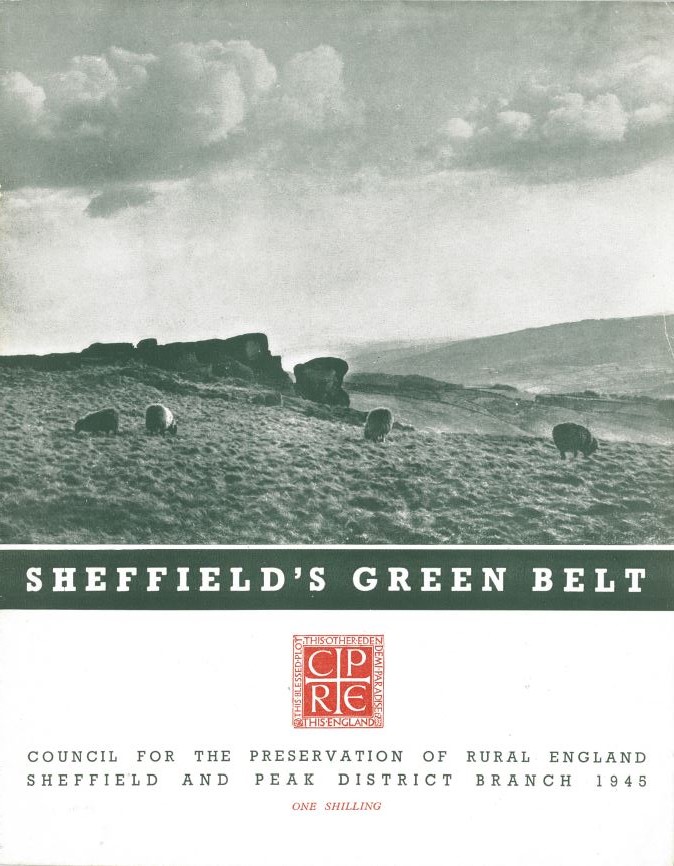 On 7 December, 90 years ago, an event worthy of celebration took place: the inauguration of the Council for the Preservation of Rural England.
On 7 December, 90 years ago, an event worthy of celebration took place: the inauguration of the Council for the Preservation of Rural England.
In 1926, 22 ‘amenity’ organisations, including the National Trust, became constituent bodies of a joint-committee created to lead “concerted action” against the “disfigurement or injury” of the countryside; “CPRE is a rival of none of these bodies; it at once federates and transcends them, doing, in some measure, the work of each of them without obliterating their individual functions, whilst, by the virtue of its size and scope, strengthening considerably the forces which at any particular moment have to be brought into action on any particular threatened front,” wrote the journalist J.C. Squire.
Since its inception, CPRE (now the Campaign to Protect Rural England) has initiated, led or articulated many of the successful principal campaigns that have ensured just 5% of England has been built on, despite it being one of the most densely-populated countries in Europe. Its legacy includes National Parks, Green Belts and the crucial Town and Country Planning Acts, although some of these ideas had an even longer gestation; Col. Light, a messenger at the Battle of Waterloo, evolved the idea of Green Belts during his incarceration in Newgate Jail for abducting a 15 year old heiress. But the founding of CPRE in 1926 was remarkable and recognised as such at the time.
“Never before has such a body of societies and organisations been bought together for a great common purpose,” suggested the leading architect Guy Dawber, CPRE’s first chairman. Country Life, echoing the sentiments of many, wrote that its foundation was the public expression of the anxiety felt by all educated people for the future of the countryside. The Guardian’s ‘Century’ archive project later ranked CPRE’s emergence as one of the 10 most important news stories of 1926. Within three years, at the time of the 1929 General Election, all three party leaders, Lloyd George, Stanley Baldwin and Ramsay MacDonald, all destined to be Prime Minister, warmly endorsed ”this worthy movement”.
It was founded just in time. Recent technological advances, especially for road building, motor car manufacture and in electricity generation meant that developers could now select green fields in the middle of nowhere as suitable development sites with no protection afforded either to the land or to the view. The spark was lit by Guy Dawber’s maiden speech as President of the Royal Institute of British Architects in 1925 when he argued passionately that the “time has come when definite steps should be taken to prevent the further destruction and disfigurement of Rural England”.

Left: CPRE's first logo. Right: Abercrombie's manifesto cover
Patrick Abercrombie, President of the Town Planning Institute, responded with his defining treatise The Preservation of Rural England in which he argued that it need not be a matter of either maintaining the rural idyll propounded by the Romantics or of allowing for rampant development in the name of commercial advancement. “Whilst certain parts must be preserved intact and inviolate” – what became the National Parks and the Areas of Outstanding Natural Beauty (AONBs) - elsewhere new development should “bring forth something new but beautiful”, although Abercrombie was clear that the builder must never justify the “unnecessary destruction of countryside beauty” as “economic necessity”.
By 1947 the Town and Country Planning Act was passed, regarded by Sir Peter Hall, Britain’s pre-eminent post-war planning academic “as one of the great milestones of the Attlee Government together with the independence of India and the NHS”. Whereas the Act aimed to save what Abercrombie called “the normal English countryside” from inappropriate and undisciplined development, CPRE’s next great success, the National Parks Act of 1949, was in response to his calls for repositories of “wild beauty”. Enacted, in Planning Minister Lewis Silkin’s words, to create “a people’s charter for the open air”, National Parks (combined with AONBs) today provide numerous additional benefits: contributing more than £20bn per year to the Treasury, storing the equivalent of all of our annual CO2 emissions and protecting the setting of half of our Scheduled Ancient Monuments and Sites of Special Scientific Interest.
Sheffield Green Belt pamphlet, 1945
By 1955, the third element in the post-war settlement for the countryside - Green Belts - became official government policy “to prevent the further unrestricted sprawl of the great cities”. The announcement followed CPRE’s campaign to extend the benefits of the 1938 Metropolitan Green Belt Act around the country; indeed, if London had developed at the same rate as had Los Angeles since the 1930s, it would now spread from Brighton to the Wash.
In addition and in between these three iconic achievements, there has been a plethora of other important successes which have helped preserve the character of the countryside, including: the protection of hedgerows, the regulation of roadside advertising, the burying of powerlines and the ongoing battle against litter – culminating in a pivotal contribution to the campaign for a plastic bag charge.
On occasion CPRE has been unfairly accused of nimbyism. Anthony Bertram’s 1938 Penguin book on Design explained how for CPRE, preservation did not mean “turning the countryside into a museum, but rather preserving the life of it”. He would be pleased to know that CPRE is currently working towards its centenary Vision for the Countryside where, in 2026, “great care is taken to ensure that new buildings enhance local distinctiveness and improve rural areas”. And since the 1980s, CPRE has been the leading proponent – highly successfully – of the argument that most new development should be directed to previously developed (brownfield) sites.
Despite politicians readily assuming that because we are predominantly an urban society the countryside must somehow be of secondary importance, CPRE has always benefited from a rich vein of affection for “the green and pleasant land” in the national psyche, with the Second World War a huge factor in deepening our feelings towards the countryside. Fortunately, those feelings remain; in 2015 the Department for Culture, Media and Sport in its Taking Part survey found that our countryside is what makes us most proud of our country, far more so than the NHS, our history, culture or sporting achievements.

The countryside as we know it today (North Yorkshire Moors)
So while there is no room for complacency, CPRE’s 90th birthday is a certainly a time to celebrate the enduring relevance of this English institution, but also to ponder ‘what might have been’ without it.





